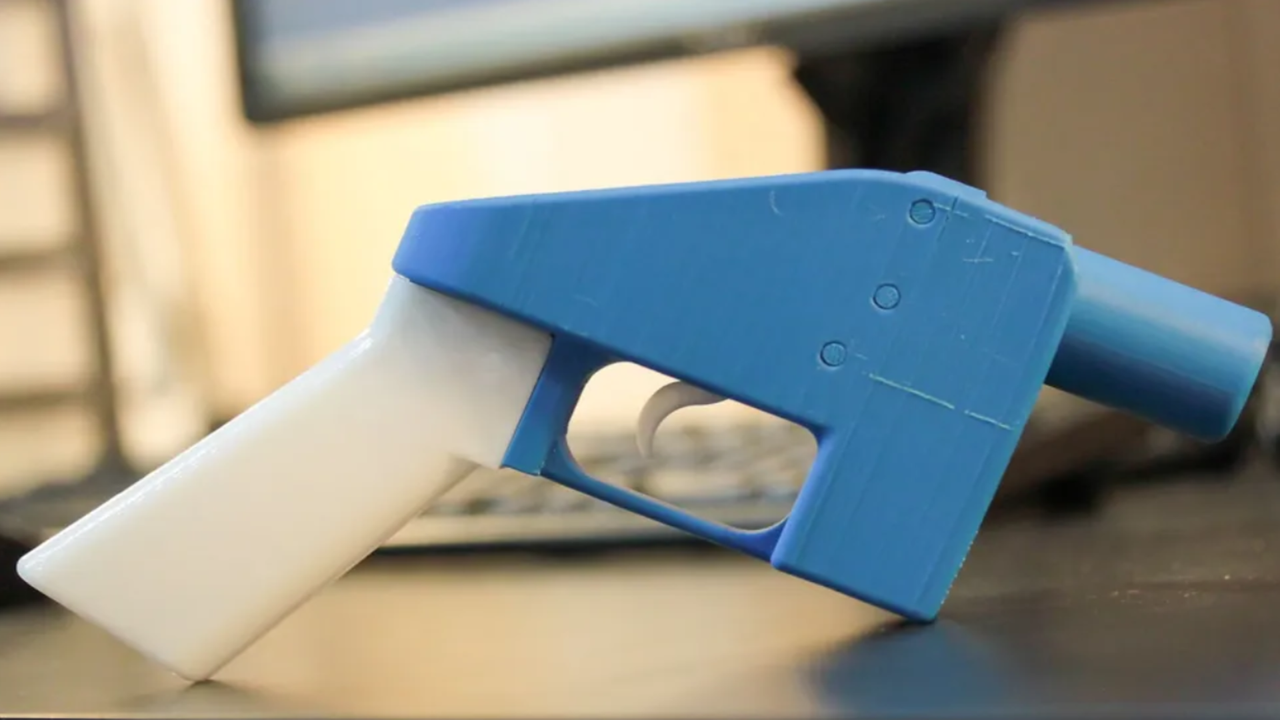- Police at the moment are tracing ghost weapons by figuring out microscopic toolmarks left by 3D printer {hardware}
- Thingiverse is utilizing automation to dam the add of harmful weapon blueprint recordsdata
- Lawmakers need 3D printer makers to construct in AI instruments that block firearm printing
The fast unfold of 3D-printed gun templates on-line is drawing scrutiny from regulation enforcement and lawmakers, as regulators start to take care of the unintended penalties of accessible digital manufacturing.
Standard platform Thingiverse, often called the world’s largest repository of 3D printer mannequin recordsdata, has now develop into a central focus in efforts to curb the unfold of ghost weapons.
Following an investigation by the New York Police Division, a whole bunch of downloadable weapon-related recordsdata have been discovered on Thingiverse – recordsdata which, as soon as downloaded, can be utilized by virtually anybody with a 3D printer to make working firearm elements.
Crackdown on file-sharing platforms
In response, Thingiverse has added automated instruments designed to detect and block uploads of gun recordsdata earlier than they go stay on the positioning.
That is an pressing subject inside 3D printing communities, and as platforms develop, managing dangerous or unlawful content material turns into a lot more durable.
Entry to harmful blueprints is hard to manage, particularly when file websites function with little oversight, and together with platform modifications, officers at the moment are turning to {hardware} makers.
Manhattan District Legal professional Alvin Bragg has requested corporations like Bambu Lab to construct AI programs that may scan CAD recordsdata earlier than printing.
Signal as much as the TechRadar Professional publication to get all the highest information, opinion, options and steering your enterprise must succeed!
The purpose is to coach fashions to identify gun blueprints and cease them on the printer itself.
Legislation enforcement businesses are working to construct roadblocks that make it more durable to create untraceable firearms.
Past prevention, investigators are additionally exploring methods to hint printed weapons again to their supply.
Researchers are finding out toolmarks left on printed objects – tiny patterns made by a printer’s distinctive settings, nozzle form, and filament path.
These marks might not match one precise printer, however they may help slim down the place a weapon got here from.
Elements like extruder measurement, print temperature, and mattress floor all have an effect on these marks, which makes monitoring extra complicated.
Even so, this type of forensic work exhibits that printed weapons should not as nameless as many as soon as believed.
Whether or not made on a high-end 3D engraver or an affordable desktop unit, printed objects might carry clues that hyperlink them to sure machines.
With ghost weapons now simpler to make than ever, the race between entry and management is clearly underway, and the end result remains to be unknown.
By way of TomsHardware
You may additionally like
- Need to get monetary savings on printing? Canon sells the world's most cost-effective unique ink by the bottle
- These are one of the best small enterprise printers to maintain your SMB going
- This survey claims companies are transferring from cloud computing to devoted servers
